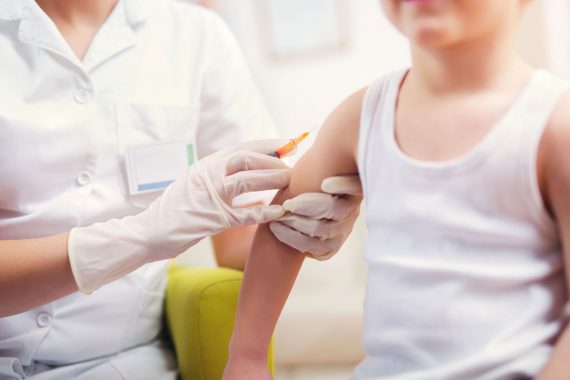An updated summary on infection rates, common presentations and transmission
This information is sourced from the The UK Research and Innovation (UKRI), the Royal College of Paediatric and Child Health (RCPCH), the Lancet and the RCGP:
PLEASE NOTE: THIS IS NO LONGER RELEVANT AND IS NOT BEING UPDATED BUT HAS BEEN LEFT ON THE SITE FOR REFERENCE PURPOSES ONLY
How do new variants of Covid-19 affect children?
- Early population data suggest that the SARS-CoV-2 variant B.1.1.7 is more infectious to the general population
- However, there is no evidence of children being at increased susceptibility to this variant compared to adults, or to be more severely affected, or of any associated increased risk of developing PIMS-TS
- The evidence base around this is rapidly growing
Infection rates in children
- Infection with Covid-19 has been reported in all age groups, including infants, children and young adults
- Evidence suggests that children may be less likely to acquire the disease
- This is supported in countries that have undertaken widespread community testing, where lower case numbers in children than adults have been found
What role do children play in transmission?
- The importance of children in transmitting the virus is difficult to establish, particularly because of the number of asymptomatic cases
- There is some evidence that their role in transmitting the virus is limited
- Older ‘index case’ age has been associated with an increased rate of secondary infections
Symptoms in children
- Most infected children present with mild symptoms or are asymptomatic
- Children’s symptoms vary slightly from those seen in adults and tend to be milder
- Cough or fever are observed in around half of symptomatic children, which is less often than in adults
- In contrast, upper respiratory symptoms such as a runny nose or sore throat occur in 30-40% and diarrhoea and/or vomiting are found in around 10% (sometimes this is the only symptom); this is more often than in adults
Are there any signs that could help differentiate Covid-19 from other childhood respiratory viral infections?
- There appears to be little in the way of clinical signs in children to differentiate Covid-19 from other childhood respiratory virus infections
- Covid-19 has been detected in combination with other viral and bacterial infections
- There are some cases indicating possible association with skin manifestations which may persist for some time once other symptoms have resolved
- Dermatological exanthem, papulomacular, and chilblain like lesions associated with Covid-19 have been reported in children
Atypical Kawasaki disease, now called paediatric inflammatory multisystem syndrome temporally associated with SARS-CoV-2 (PIMS-TS)
- In April 2020 the UK s Paediatric Intensive Care Society issued an urgent alert to GPs following a small rise in the number of critically ill children with overlapping features of toxic shock syndrome and atypical Kawasaki disease
- On 1st May 2020 the RCPCH published guidance on this syndrome, now called PIMS-TS
The symptoms are: persistent fever >38.5 C, evidence of single or multi-organ dysfunction (shock, cardiac, respiratory, renal, gastrointestinal or neurological disorder) with signs of inflammation (neutrophilia, elevated CRP and lymphopaenia) (See clinical and laboratory features page 4)
Some but not all of these children tested positive for Covid-19 at the time of diagnosis of this syndrome
The recognition of this disease late in the first pandemic wave might relate to its rarity
Alternatively PIMS-TS might represent a post-infectious inflammatory syndrome
Written by Dr Poppy Freeman
See also:
Management and guidance for febrile children during the pandemic
11 primary care pathways for remotely assessing children
Covid vaccinations in children
















